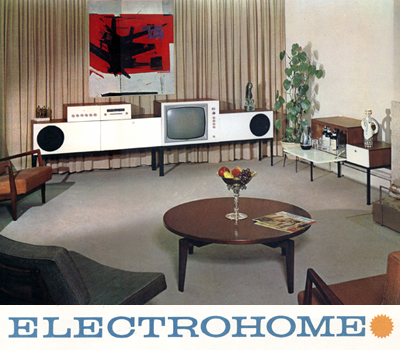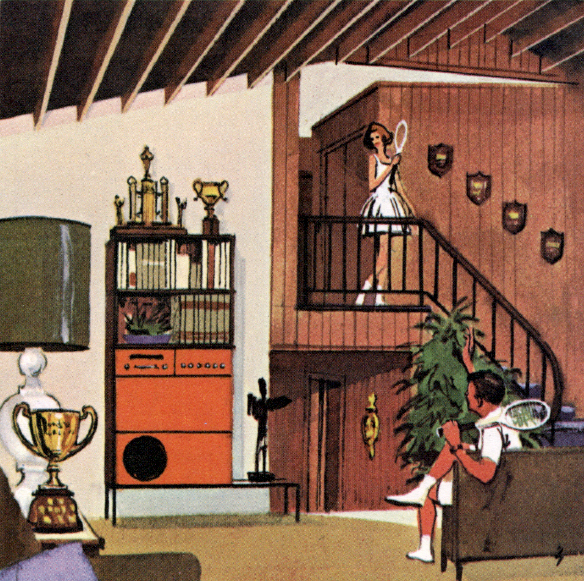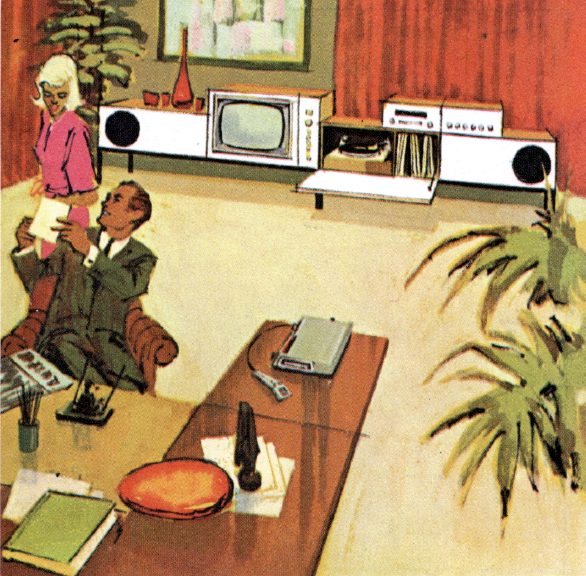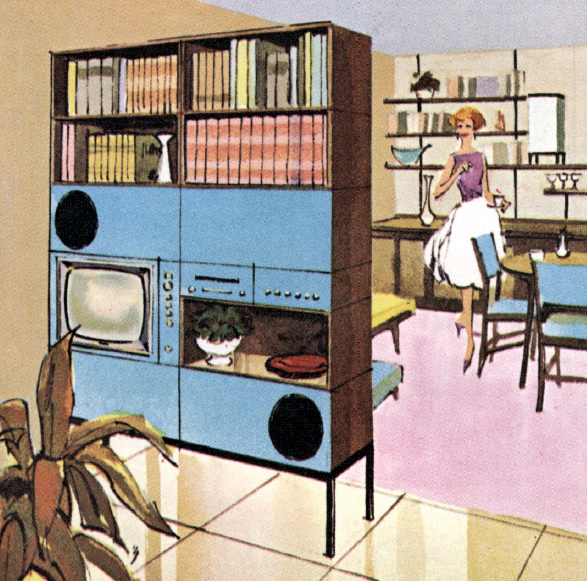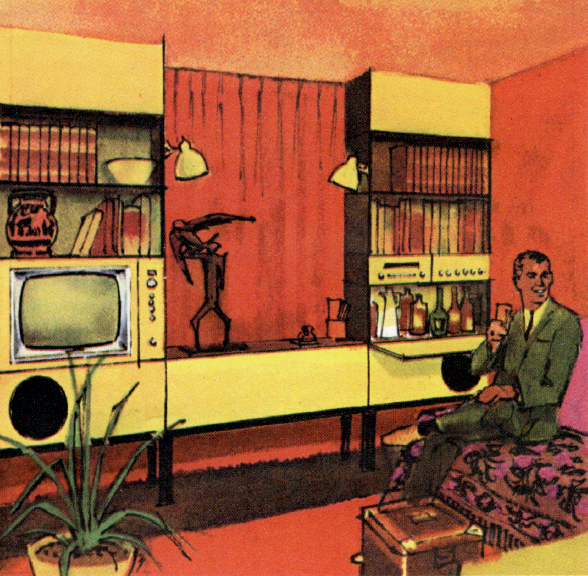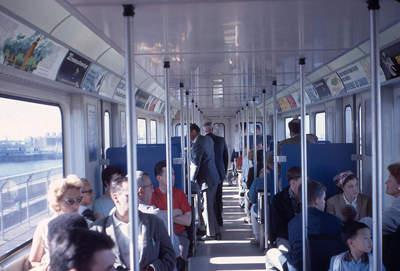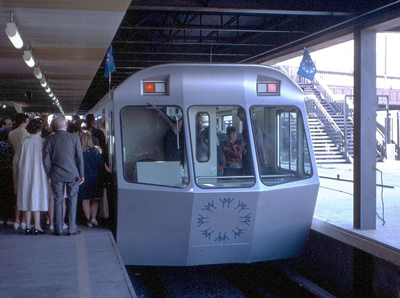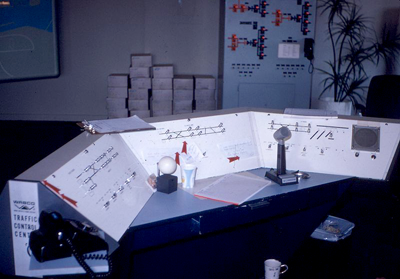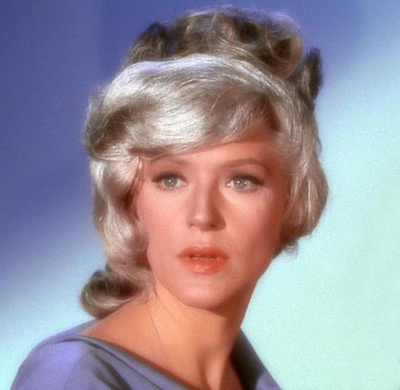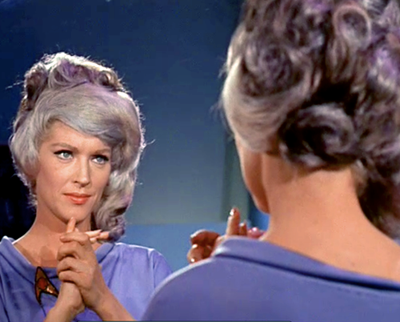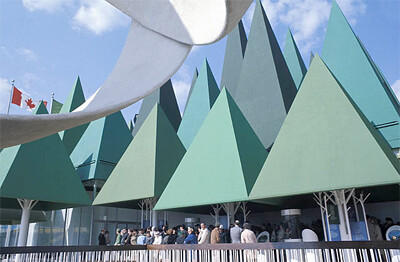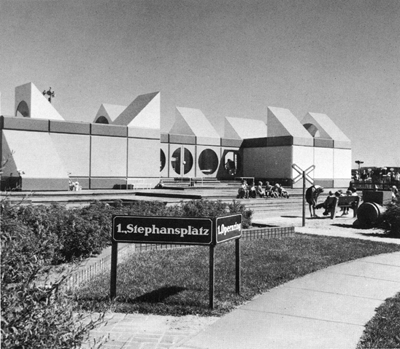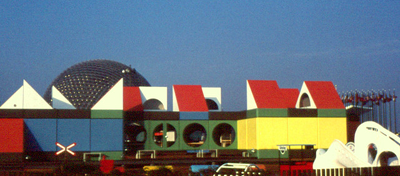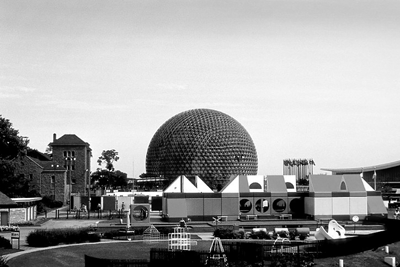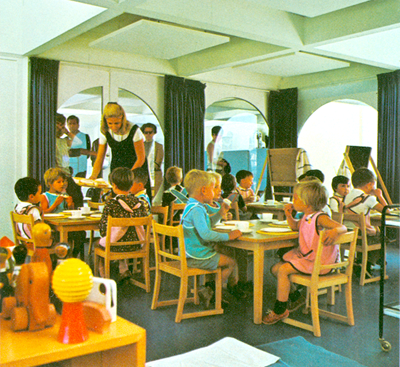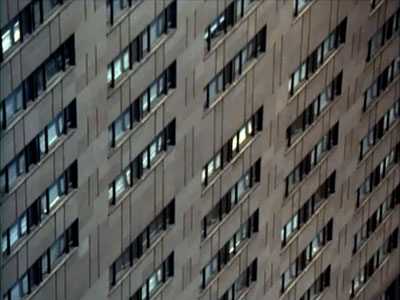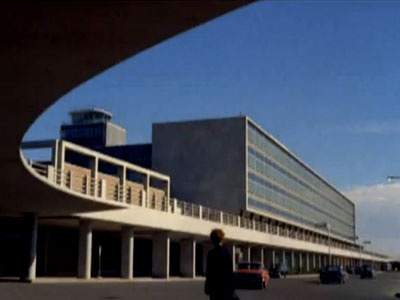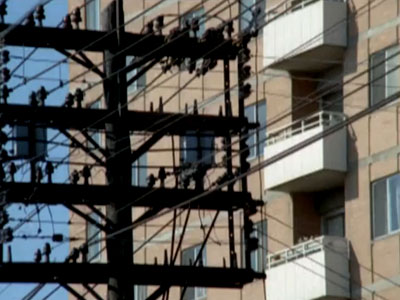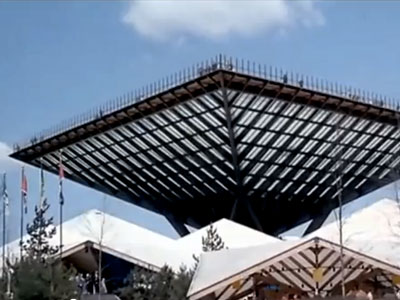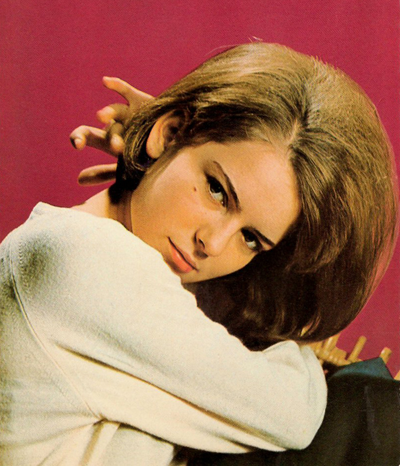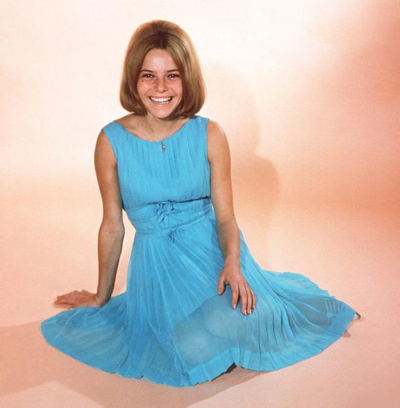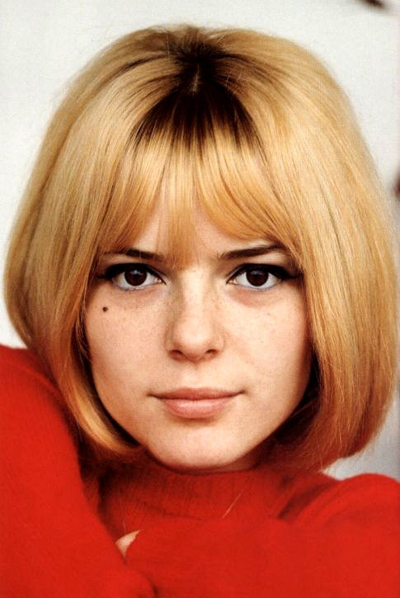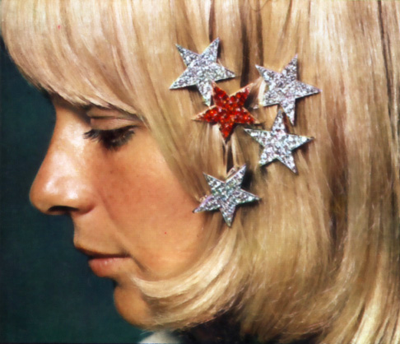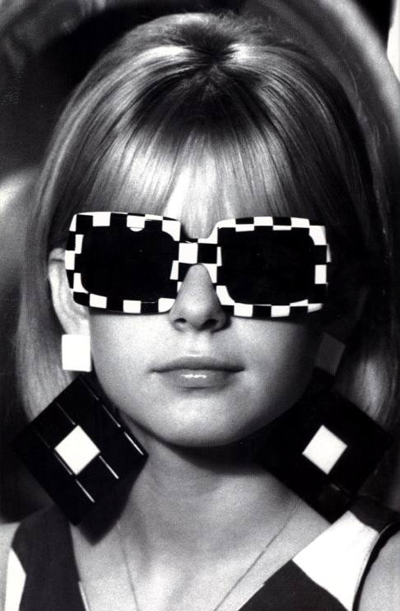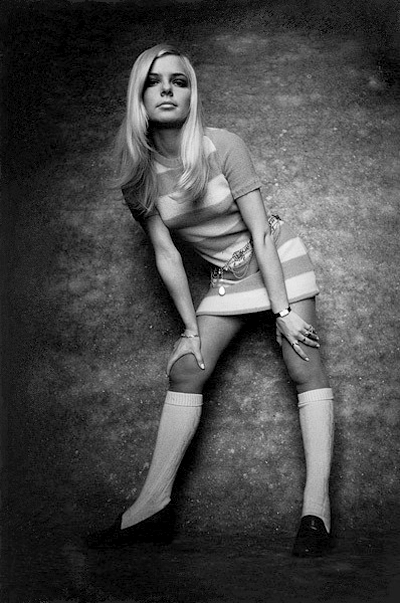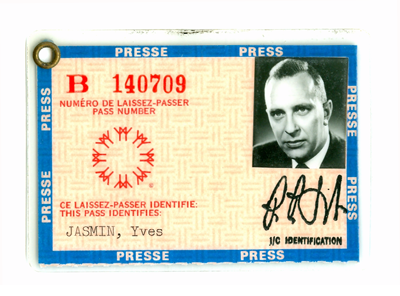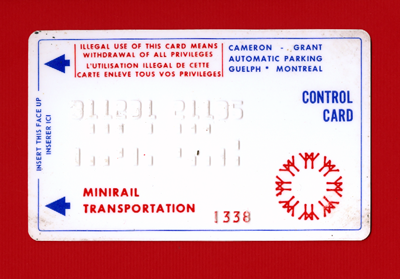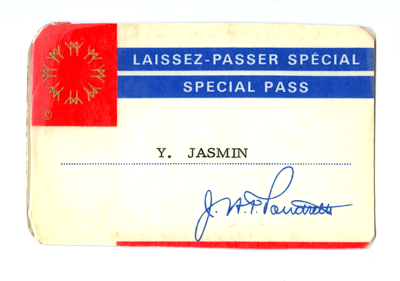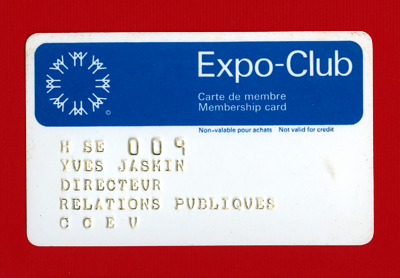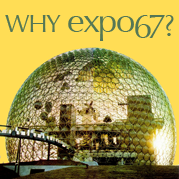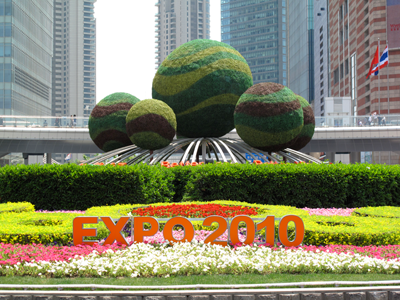 An elaborate botanic display in the heart of Pudong, Shanghai's financial district.
An elaborate botanic display in the heart of Pudong, Shanghai's financial district.From May 8th to the 22nd, I lived out a dream: visiting a real world's fair.
We arrived in Shanghai, China Sunday evening, May 9th. Already in our first moments off the plane, we were greeted by a "Welcome to Shanghai and Expo 2010" display in the airport. As we soon found out, billboards, posters and signs advertising Shanghai's Expo were omnipresent throughout the city. One cannot visit Shanghai this summer and not be aware of Expo 2010.
Our first visit to the fair itself was Monday morning, May 10th. I had high expectations: China's first ever world expo has been touted as one of the biggest in history... and as we saw with the 2008 Olympics, when China decides to host the world, they go all out.
While Expo 67 was accessible from 2 entrances, Expo 2010 was designed with no less than 8. We arrived via the
West Gaoke Road Metro station, on the newly built line 6 subway, conveniently located on the same line as our hotel. Although each entrance at Expo 2010 was equipped to handle huge crowds, the security measures (similar to those in airports) meant that waiting was inevitable. Our first in a long series of lineups...
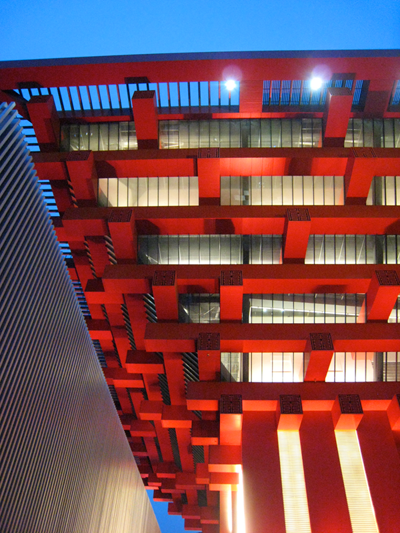 The imposing China pavilion.China
The imposing China pavilion.China's
inverted pyramid was by far the largest and most imposing pavilion at Expo 2010. Visible from way off-site, it was the first Expo structure I saw on that first day. The first pavilion I visited was the
Nepal pavilion.
Over 2 weeks, I visited Expo 2010 a total of 10 times. Some of my most memorable national pavilions were
India,
Israel,
Germany, the
United Kingdom, and
Italy. European pavilions were generally quite sought after, as Europe is considered exotic in China. Lineups were long for these pavilions, but they did not disappoint.
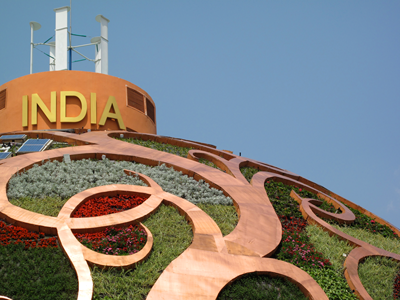 The India pavilion roof was an intricate dome of herbs and copper.
The India pavilion roof was an intricate dome of herbs and copper.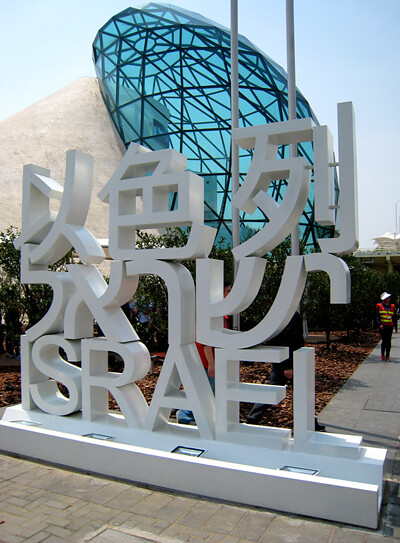 The Israel pavilion featured an ultra-modern video presentation.
The Israel pavilion featured an ultra-modern video presentation. Germany's bold pavilion had a 2 or 3 hour lineup at any given time.
Germany's bold pavilion had a 2 or 3 hour lineup at any given time.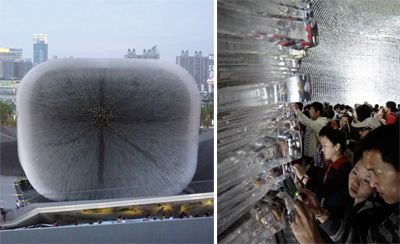 Visiting the UK pavilion was like walking through a huge, modern chandelier.
Visiting the UK pavilion was like walking through a huge, modern chandelier.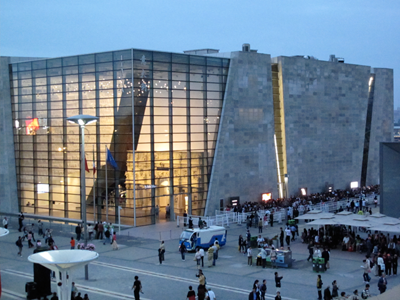 Italy's pavilion showcased its refined culture and advanced technologies.
Italy's pavilion showcased its refined culture and advanced technologies.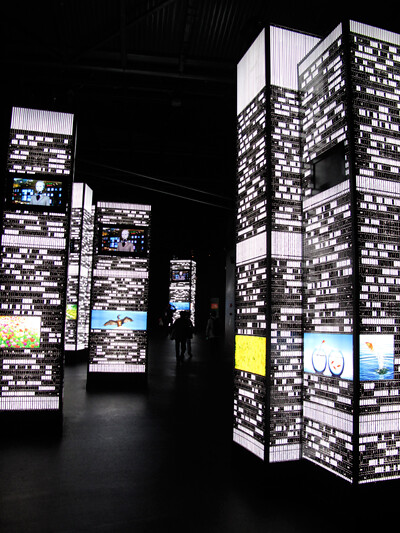 The Urban Planet theme pavilion presented an urgent environmental appeal.
The Urban Planet theme pavilion presented an urgent environmental appeal.Strong environmental messages sought to invoke action upon the visitors of Expo 2010's
theme pavilions, which explored in-depth the "
Better City Better Life" theme. They were truly inspiring.
Corporate pavilions such as the
GM pavilion and the
Information and Communication pavilion had optimistic displays showcasing the fascinating technologies of tomorrow. "The future" has always been a popular subject at world expos.
I enjoyed these theme and corporate pavilions as much as the national ones.
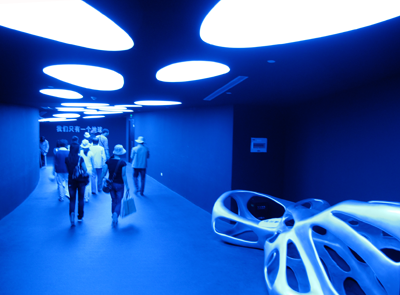 This theme-pavilion hallway was like something out of Star Trek.
This theme-pavilion hallway was like something out of Star Trek.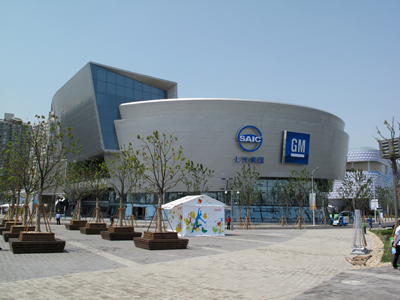 The GM pavilion invited visitors to "Take a Drive to 2030".
The GM pavilion invited visitors to "Take a Drive to 2030".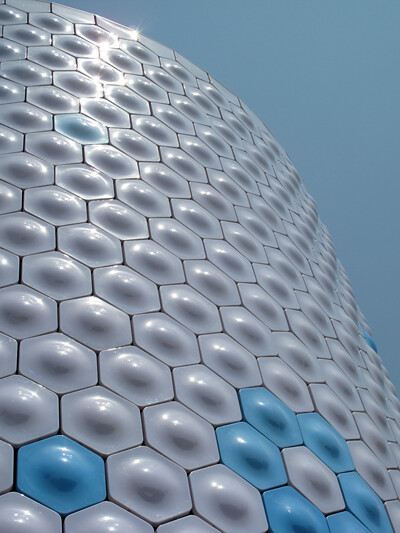 The Information and Communication pavilion gleamed in the sunlight.
The Information and Communication pavilion gleamed in the sunlight.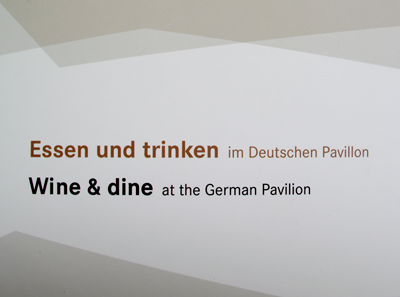 The German pavilion served typical Deutsch food and drink. I went twice!
The German pavilion served typical Deutsch food and drink. I went twice!The food at Expo 2010 was as diverse as it was fabulous: a vast majority of pavilions served fare from all over the world.
Our first meal on-site was a delicious curry dish as the India pavilion restaurant, followed by refreshing frozen mango lassis.
Traditional sausages and beer pleased our palates at the German pavilion restaurant on another occasion, and a chic dinner at the Swiss pavilion was the end of yet another day of pavilion visiting.
Naturally, Asian food of all sorts was available everywhere, while
KFC was the western fast food of choice. We saw dozens of
KFC outlets all throughout our trip; there was one around the corner from our hotel and at 5 on the Expo site itself...!
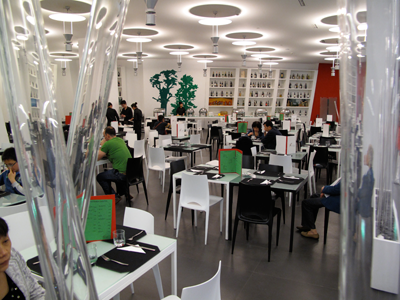 The Italian pavilion restaurant had 2 seperate sections: buffet or à la carte.
The Italian pavilion restaurant had 2 seperate sections: buffet or à la carte.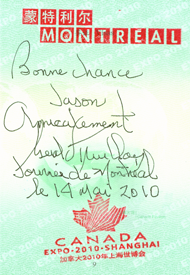
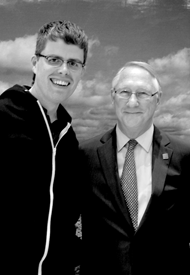 An autograph and a photo with Gerald Tremblay.
An autograph and a photo with Gerald Tremblay.The mayor of Montreal Gerald Tremblay was visiting Shanghai and Expo 2010 the same week that we were. We were fortunate enough to be invited to a cocktail party hosted by Montreal expats now residing in Shanghai... where the mayor himself was present. I took the opportunity to shake hands with the Mr. Tremblay, and asked for a photo and autograph...!
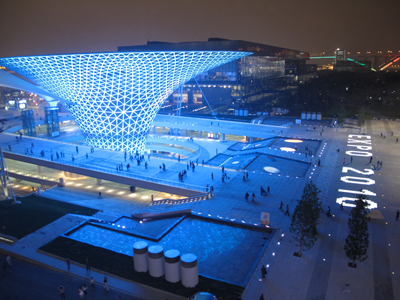 The entire Expo 2010 site was especially beautiful lit up at night.
The entire Expo 2010 site was especially beautiful lit up at night.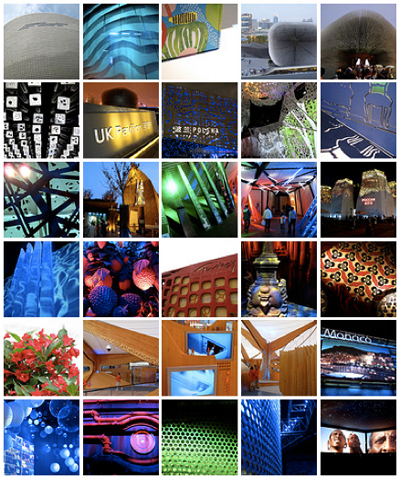 Click on the mosaic above to see more photos from Expo 2010.
Click on the mosaic above to see more photos from Expo 2010.The pavilion of
Spain chose "
From the City of Our Parents to the City of Our Children" as its central theme. To illustrate the "children" aspect, a 6.5-meter giant motorised
baby was installed in the final exhibition hall.
Below is my video footage of this striking (and albeit, creepy) display:
